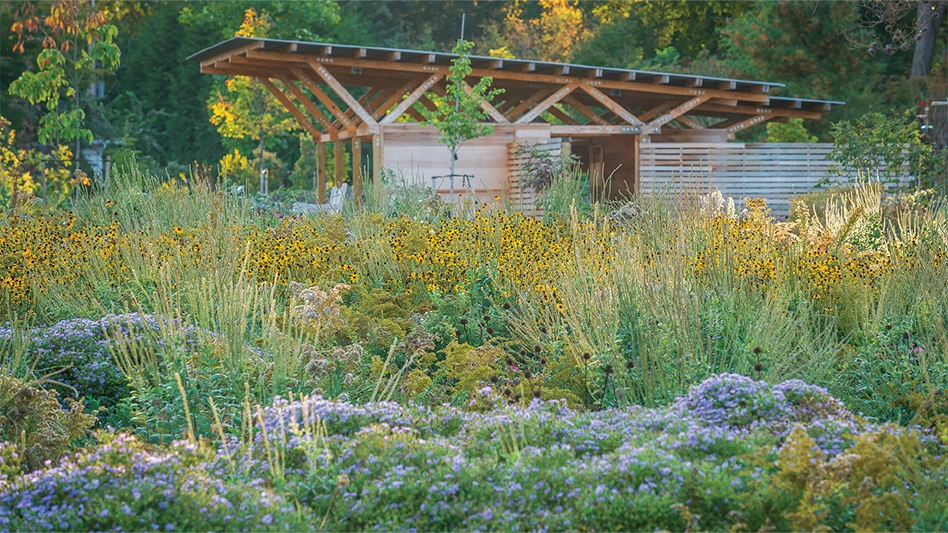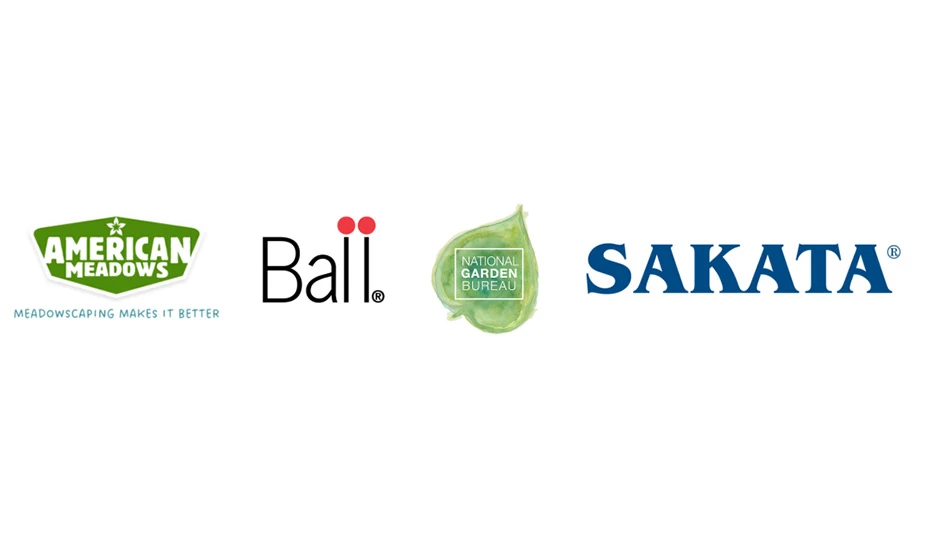 Anne M. ObarskiMerchandising is a silent salesperson. It affects sales, turnover, markdowns – and ultimately it can have an impact on profit. Unlike the simplicity of numbers, visual merchandising has to do with principles of good design, which is something garden center employees might feel uncomfortable with. Because of its relationship with the bottom line, merchandising is an important skill to learn or to delegate, should you decide to recruit someone who has experience in visual display.
Anne M. ObarskiMerchandising is a silent salesperson. It affects sales, turnover, markdowns – and ultimately it can have an impact on profit. Unlike the simplicity of numbers, visual merchandising has to do with principles of good design, which is something garden center employees might feel uncomfortable with. Because of its relationship with the bottom line, merchandising is an important skill to learn or to delegate, should you decide to recruit someone who has experience in visual display.
Garden centers are challenged to look at the inventory and stage displays reflective of customers’ tastes, levels of affluence, etc. Think of a play and all the elements on the stage that make the story come to life. Some plays have extravagant scenery, while others have very few items on the stage. The common thread is that whatever caught the eye of the audience – intricate or simple – worked because it helped set the scene.
Scenic strategies. Here are five merchandising strategies that, likewise, will set the scene and add retail excitement to your garden center:
- Use props. Props help create a focal point for the audience’s eye. Found objects are a perfect fit for garden centers. These might include old birdbaths, old swings, antique garden equipment or tools, furniture and garden hats. Your fixtures may also be considered part of your props. Metal shelving units, tables, glass shelving, mirrors, stands, mannequins, cement features and so many additional garden items can be re-used throughout the year. I just saw a copper fire pit used to display a small water fountain, and in the summer I have seen birdbaths filled with ice and shrimp. The ideas are endless.
- Be unique. Sometimes in a play, the audience’s eye is drawn to something unexpected that makes a point. Example: “Bradley’s has the most unusual selection of indoor plants, but I really love their gift area because they have things I’ve never seen anywhere else, and they always have something new! I’ve learned if I don’t get it now, it won’t be here when I come back.” The key to being unique is discovering items your customer can’t find elsewhere, getting them, and then displaying them in an unusual way.
- Think “new.” I always heard it said, “The customer wants what isn’t on the floor yet.” That’s so true. Your customers expect you to be the connection with what is new and to show them how quickly they can buy it and use it. Consistently finding that new item customers want might seem a formidable job, but it actually can be planned. In your open-to-buy budget, plan for items that are unusual and that carry a good gross margin. Current research says customers aren’t afraid to pay full price for items they can’t find elsewhere. Don’t forget how important good informational signage is and how it can be used to sell that new item when you aren’t around.
- Colorize. 80 percent of retail presentation is the use of color. Color can be dramatic when done in simple vignettes or massed displays on an end cap – or at the entry of your garden center. Mix different plant specimens of the same color, and you'll see how quickly your eye is drawn to the display. Stand back from a display and close your eyes. Now open them and what was your eye drawn to? If you completed the display correctly, your answer was probably color.
- Be “tall.” Most shoppers walk through a store with their heads down. Why? Because most retailers seem to merchandise from waist level to the floor. When items are that low, it forces the customer to bend over, something customers don’t like to do. I advise retailers to merchandise from “shoulders to knees” when creating a display. Don’t overlook scale when building displays in the garden area. The sky is now your ceiling, and you need massive centerpieces to create drama and art in the garden. Signage is important outside as well, so make it dramatic and eye-catching. Informative presentations on TV monitors at the right height and location can be powerful educational tools.
Change is good. Another key element of effective merchandising is change. How frequently do you change your displays or the paint color in the gift area? Have you added new lighting? If you are attracting repeat customers, they may think your displays already look old. Customers expect a memorable experience. Go for the unusual, the unique items and ways to display them on your stage, and your customers will describe you as an exciting place to shop.
Columnist Anne M. Obarski is a retail strategist and frequent speaker regarding customer retention and relationship building. Join her new group for garden center professionals at www.merchandiseconcepts.com/gcroundtable.

Explore the May 2010 Issue
Check out more from this issue and find your next story to read.
Latest from Garden Center
- QR Zipper partners with American Floral Endowment on Sustainabloom donations
- VIDEO: How Kansas City garden centers are fostering community
- Pennsylvania Horticultural Society announces 2025 Gold Medal Plant winners
- How are microplastics affecting plant photosynthesis?
- A nation of gardeners: A history of the British horticulture industry
- Iowa plant supplier Plantpeddler building retail complex
- The HC Companies, Classic Home & Garden merge as Growscape
- Terra Nova releases new echinacea variety, 'Fringe Festival'





